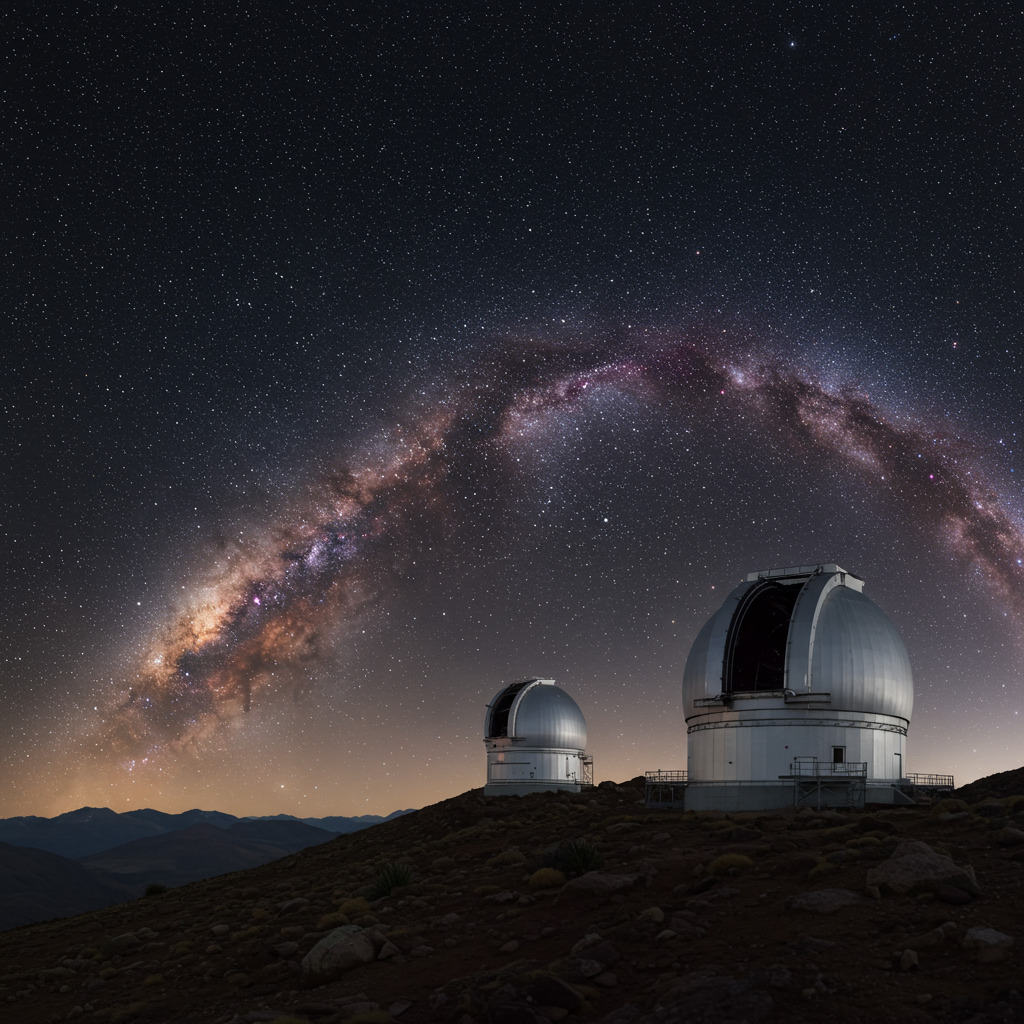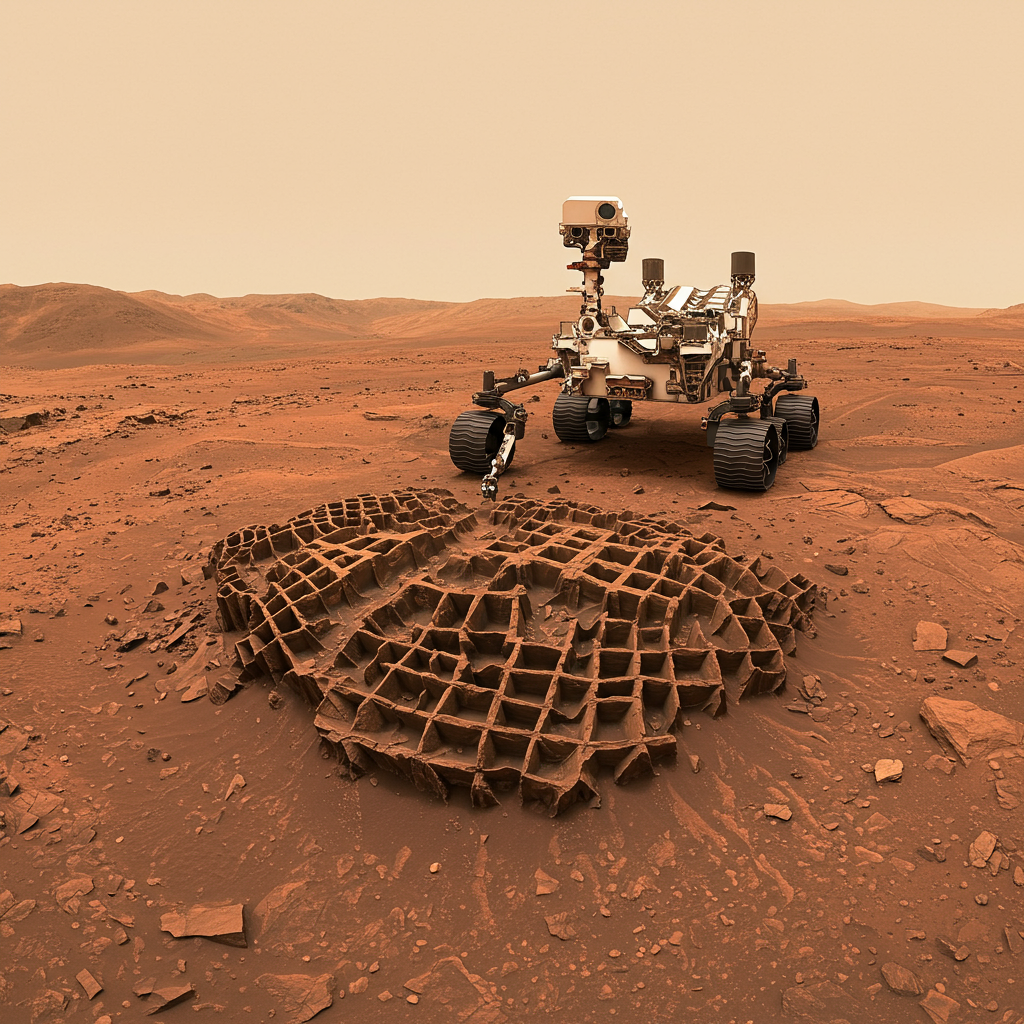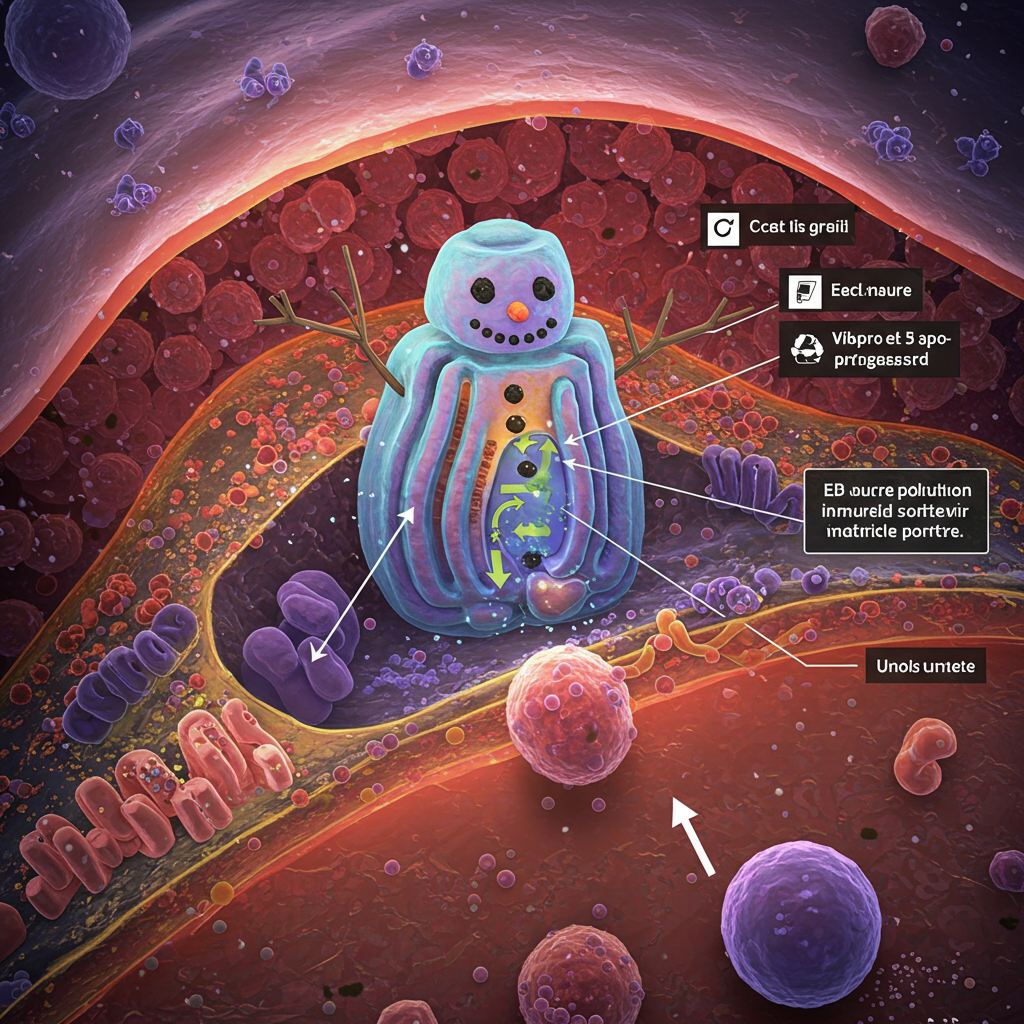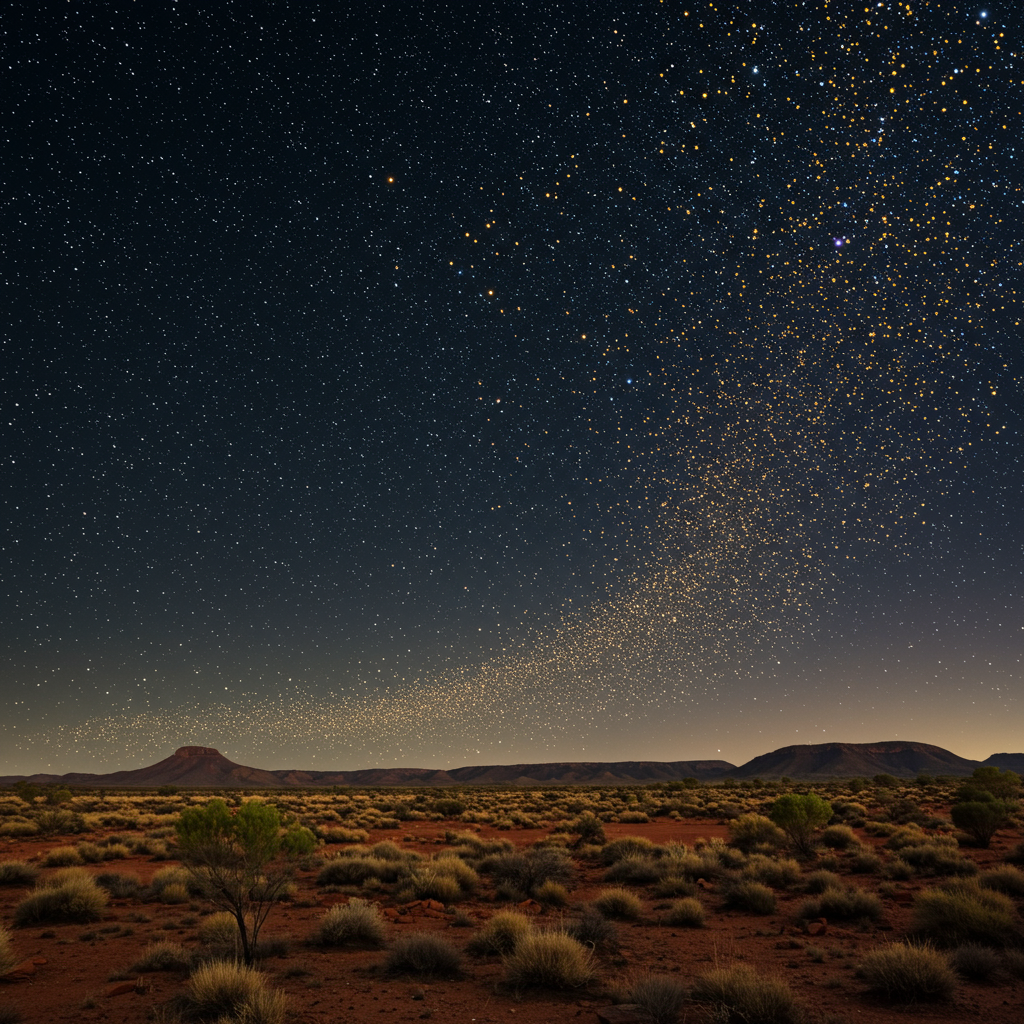The universe is about to get a high-definition, time-lapse movie. The Vera C. Rubin Observatory, perched high in the Chilean Andes, has officially begun its ambitious 10-year mission to map the cosmos, releasing its first spectacular images. These initial glimpses offer a tantalizing preview of the Legacy Survey of Space and Time (LSST), a project poised to revolutionize astronomy by capturing the deepest, widest, and fastest panoramic view of the night sky ever attempted. Scientists are already expressing profound excitement, hailing this moment as the dawn of a new era in cosmic observation.
This groundbreaking endeavor isn’t just about pretty pictures; it’s a mission to tackle some of the universe’s most enduring mysteries. A primary goal of the LSST is to unravel the enigma of dark energy, the mysterious force believed to be accelerating the expansion of the universe. The survey will also provide crucial data on dark matter, the invisible substance making up approximately 85% of the cosmos, whose nature remains largely unknown.
Unveiling the Dynamic Universe
From its strategic location atop Cerro Pachón, roughly 5,200 feet (1,600 meters) above sea level, Rubin will scan the entire southern night sky every three nights. This unprecedented cadence is key to building the “greatest movie of all time,” allowing astronomers to study the dynamic, ever-changing nature of the cosmos. As Roberto Ragazzoni, president of the National Institute for Astrophysics (INAF), remarked, this capability marks our entry into the era of “astro-cinematography.”
The observatory utilizes the powerful 8.4-meter Simonyi Survey Telescope paired with the LSST camera (LSSTCam). LSSTCam holds the title of the world’s largest digital camera, roughly the size of a small car and boasting a staggering 3.2-gigapixel resolution. Just one image from this colossal camera captures a patch of sky equivalent to the area of about 45 full moons.
A Flood of Cosmic Detail
Rubin’s inaugural full image focuses on the Virgo cluster, a vast collection of galaxies situated about 53.8 million light-years from Earth. This single snapshot showcases the immense scientific potential of the Rubin data. It reveals a stunning diversity of celestial objects, from brilliant foreground stars in our own Milky Way to distant, faint galaxy groups.
Astoundingly, this initial image of the Virgo cluster alone contains approximately 10 million galaxies. This is just a tiny fraction of the estimated 20 billion galaxies Rubin expects to image over the LSST’s decade-long run. The survey is projected to collect data on roughly 40 billion celestial bodies in total. This means, for the first time in history, humanity will have observed more heavenly bodies than the current number of people alive. Many of these captured objects are completely new discoveries, seen by human eyes for the very first time.
Seeing What Moves and Changes
One of the most transformative aspects of the Rubin Observatory is its unparalleled ability to detect and track objects that change over time. Its rapid scanning capability, 10 to 100 times faster than comparable large telescopes, allows it to spot “transients”—cosmic events that vary in brightness or position.
This dynamic view will capture over 100 million variable stars, whose brightness fluctuates due to factors like internal pulsations or the transit of orbiting planets. It will also record millions of supernovas, the explosive deaths of massive stars. Critically, Rubin will observe Type Ia supernovas, which serve as crucial “standard candles” because of their consistent peak luminosity. Studying these events will allow astronomers to measure cosmic distances with unprecedented accuracy, aiding in our understanding of the universe’s expansion.
Closer to home, the continuous monitoring will provide a vastly improved picture of asteroids and small bodies orbiting Earth. By detecting changes in their position, Rubin can help space agencies assess potential impact threats, significantly enhancing planetary defense efforts. In its first week of operations alone, the observatory discovered over 2,100 new asteroids, hinting at the millions more it is expected to find throughout the survey.
Data on an Unprecedented Scale
Managing the deluge of data from Rubin is a significant undertaking, requiring innovative solutions. The observatory will generate approximately 20 terabytes of data each night. Over the 10-year LSST, this will accumulate to about 500 petabytes, an almost unimaginable volume.
To handle this, raw data is transmitted via high-bandwidth fiber to the SLAC National Accelerator Laboratory in California and mirrored across other international data centers in France and the UK. Accessing this massive dataset isn’t done by downloading everything. Instead, astronomers will use a service called the “Data Butler” to query the cloud-based data archives based on specific criteria like location, time, or object type.
Furthermore, the detection of up to 10 million transient events nightly triggers alerts within 60 seconds. Sorting through this firehose of information requires automated “brokers.” These sophisticated systems, often employing machine learning, filter the alerts based on astronomers’ interests, providing a manageable stream of relevant events for follow-up observations by other telescopes. This system embodies a new, open approach to astronomy, making raw data and processing code publicly available and processed data accessible globally within days.
Previewing the Future of Astronomy
Even before releasing the full Virgo cluster image, the Rubin team shared smaller “preview” images to demonstrate the LSST camera’s incredible detail. These glimpses included stunning views of stellar nurseries like the Trifid and Lagoon nebulae. These images were created by “coadding” or combining hundreds of individual exposures taken over several hours, revealing faint gas and dust structures that would otherwise be invisible.
Andrés Alejandro Plazas Malagón, part of the Rubin team, expressed his enthusiasm, noting how these preview images already highlight Rubin’s unique ability to “bring the sky to life” and the power of the LSST Science Pipelines software used for data processing. Sara (Rosaria) Bonito of the LSST Discovery Alliance echoed this excitement, emphasizing the diverse range of astrophysics the single survey will enable, from studying our own galaxy to investigating dark matter and unpredictable cosmic phenomena.
With commissioning well underway and the official start of the LSST planned for the coming months, the future looks incredibly bright for the Vera C. Rubin Observatory and astronomy as a whole. This ambitious project represents a monumental legacy, providing a revolutionary tool and an unprecedented dataset for generations of scientists to explore the dynamic, evolving universe as never before. The true impact of this cosmic movie is just beginning to unfold.
Frequently Asked Questions
What is the Legacy Survey of Space and Time (LSST) and why is it significant?
The LSST is a 10-year project conducted by the Vera C. Rubin Observatory to create the widest, deepest, and fastest survey of the southern night sky. Its significance lies in its scale and speed. By scanning the entire southern sky every few nights, it captures a dynamic view, essentially creating a “time-lapse movie” of cosmic changes. This contrasts with traditional telescopes that focus on small areas. It allows astronomers to study transient events and gather vast statistics on cosmic objects, addressing fundamental questions about dark energy and dark matter.
How large is the LSST camera and how much data will the observatory produce?
The LSST camera (LSSTCam) is the world’s largest digital camera, weighing around 2,800 kilograms and boasting a resolution of 3.2 gigapixels. Each image covers an area equivalent to 45 full moons. The observatory is projected to generate an unprecedented amount of data: approximately 20 terabytes every night, totaling about 500 petabytes over the 10-year survey. This massive data volume necessitates sophisticated systems like the “Data Butler” for access and automated “brokers” to filter the millions of daily alerts about changing celestial objects.
What scientific mysteries will the Rubin Observatory help solve?
The Rubin Observatory aims to provide crucial data for solving several key cosmic mysteries. It will contribute significantly to understanding dark energy, the force driving the universe’s accelerated expansion, and dark matter, the invisible substance comprising most of the cosmos. Its rapid survey will also reveal transient phenomena like millions of supernovas and variable stars. Furthermore, it will play a vital role in planetary defense by detecting and tracking millions of new asteroids in our solar system, improving our ability to assess potential threats.
The release of these first images from the Vera C. Rubin Observatory marks a pivotal moment. As the full LSST commences, astronomers worldwide gain access to an unparalleled dataset, promising discoveries that could reshape our understanding of the universe, from the smallest orbiting asteroid to the fundamental forces governing cosmic expansion. The “astro-cinematography” has just begun, and the show promises to be spectacular.
Word Count Check: 1211




